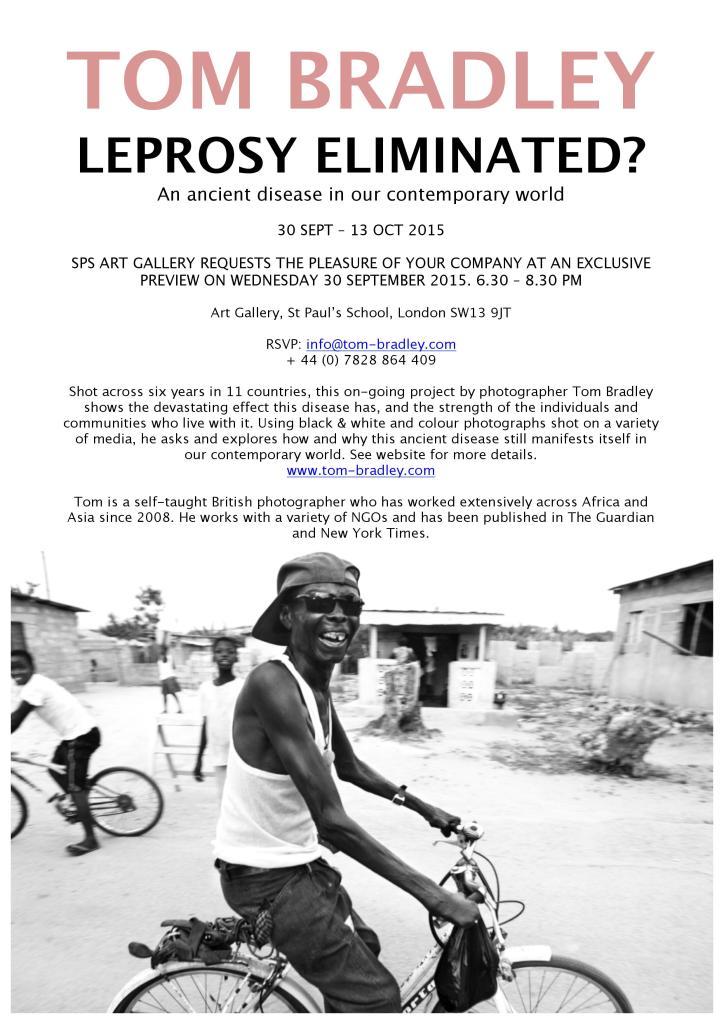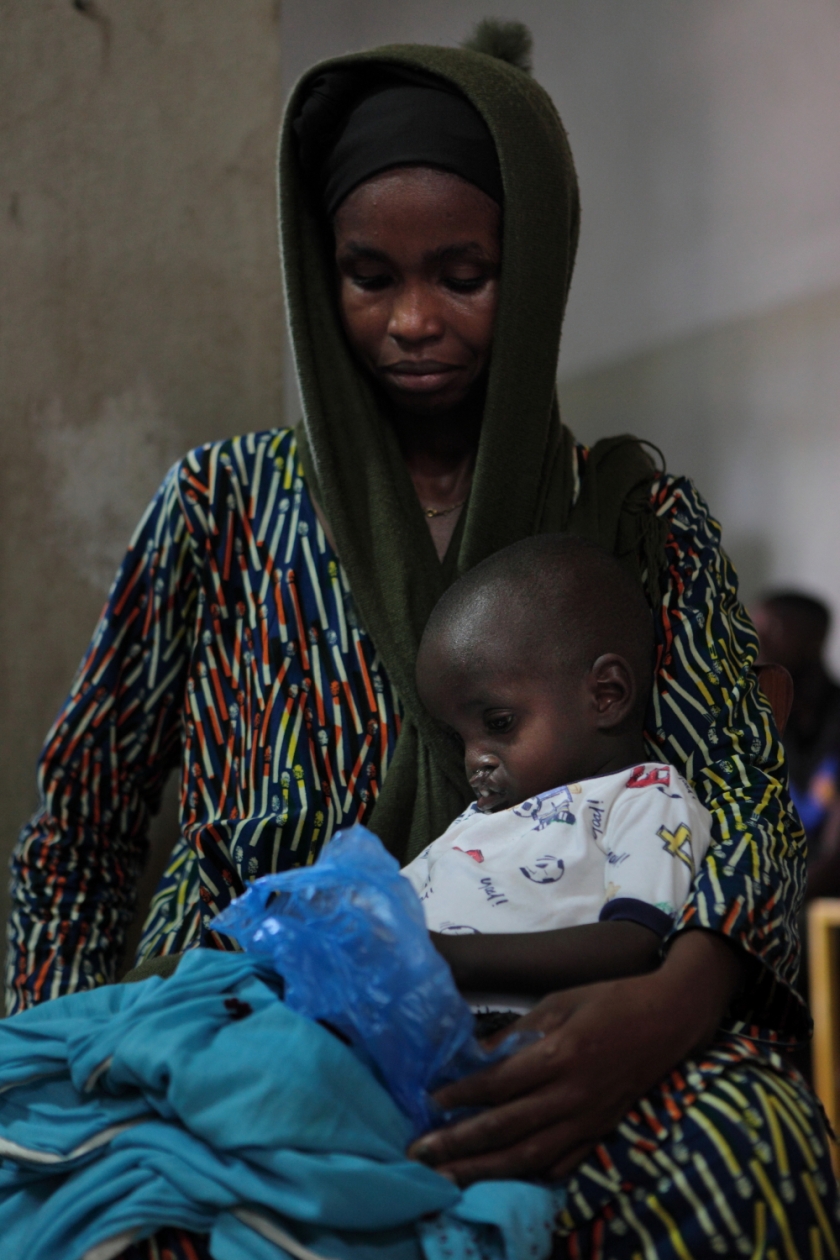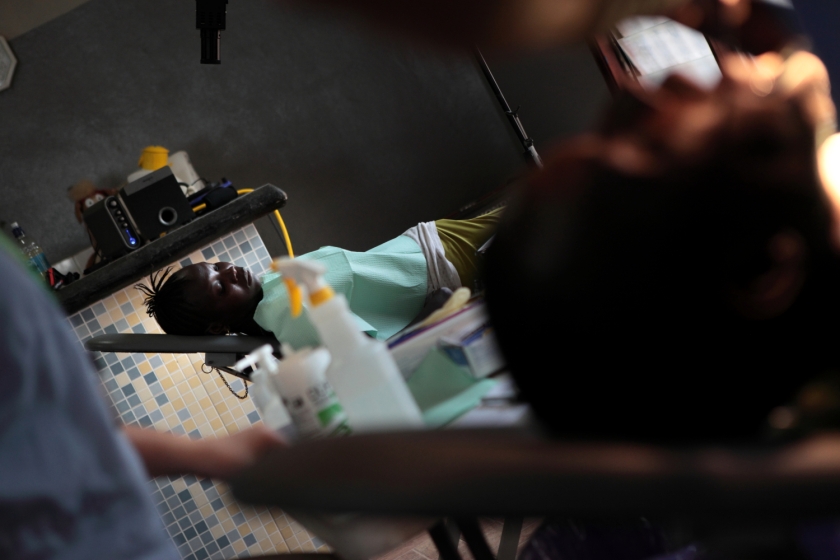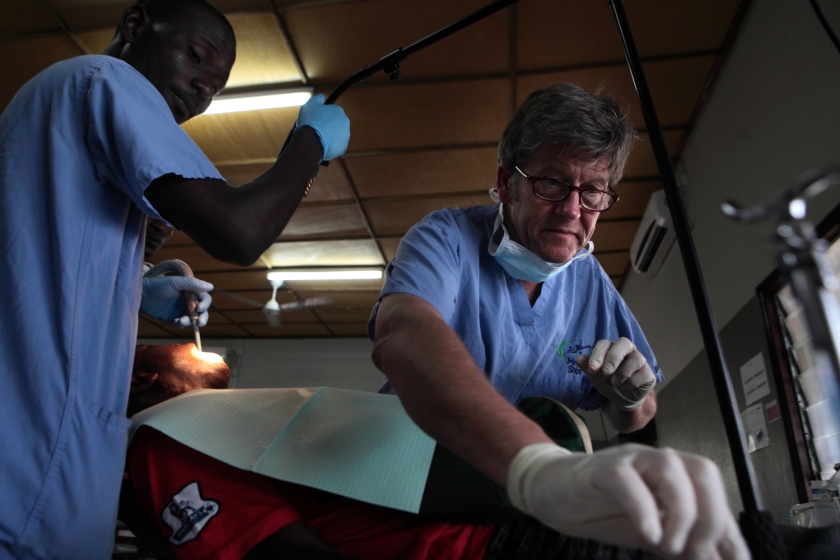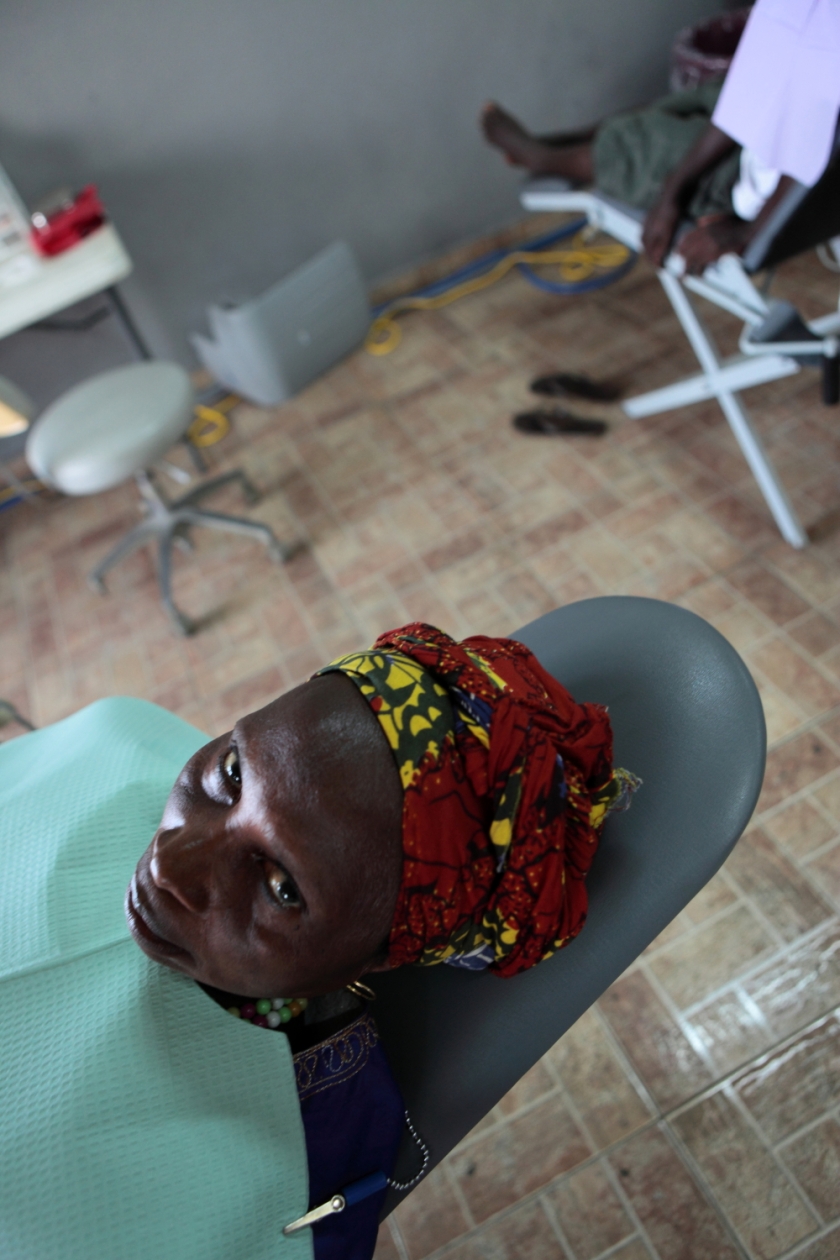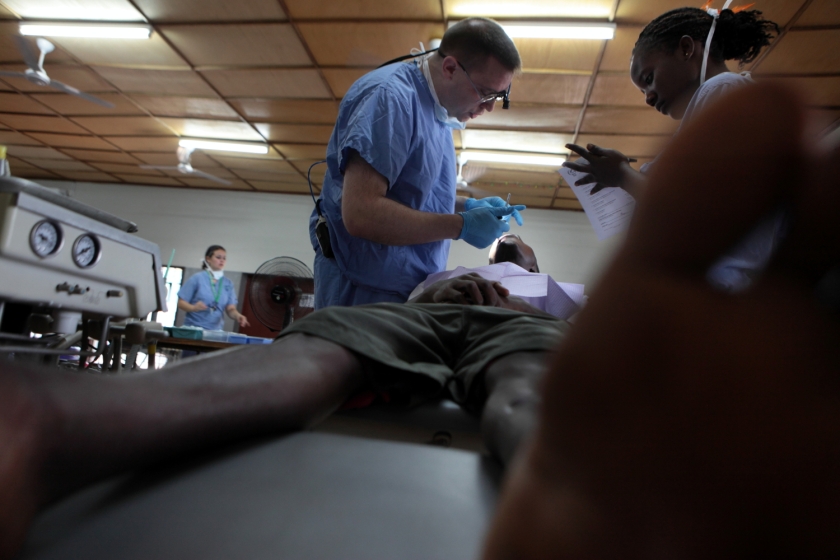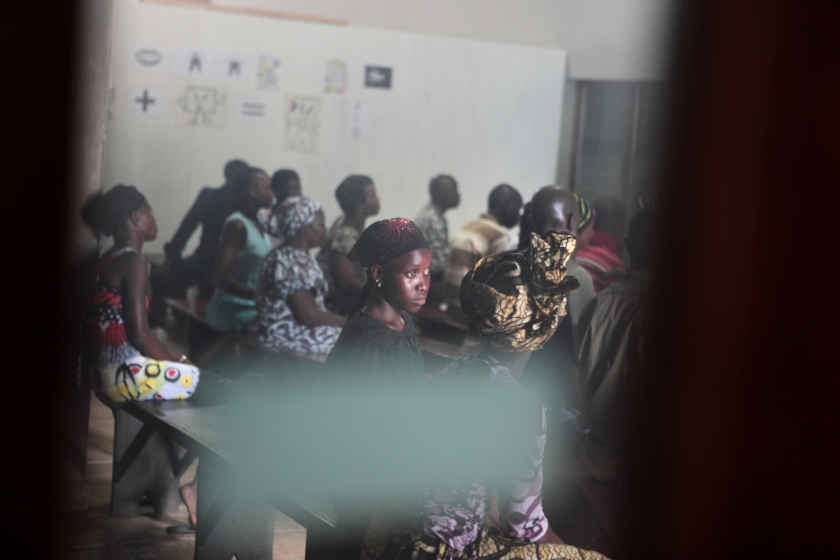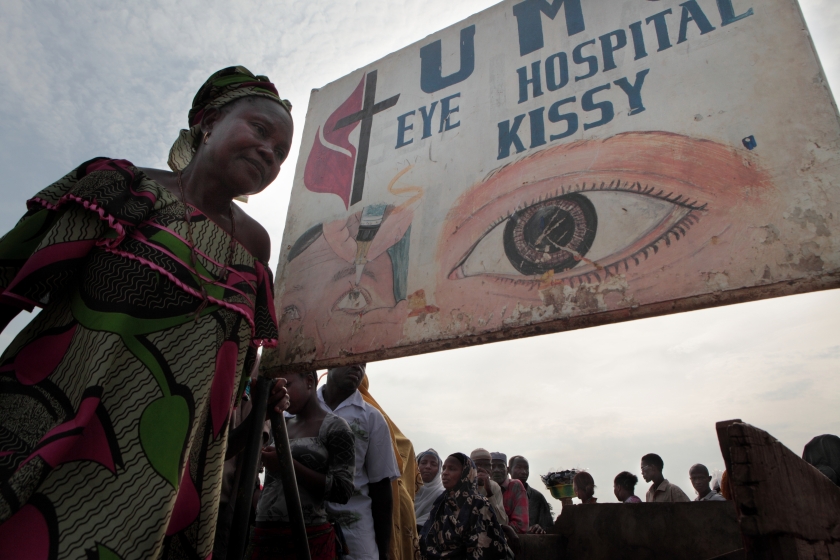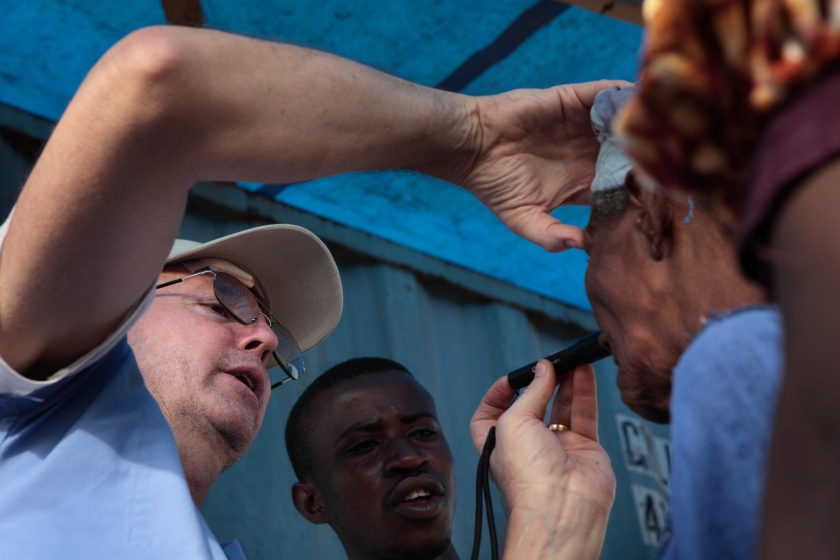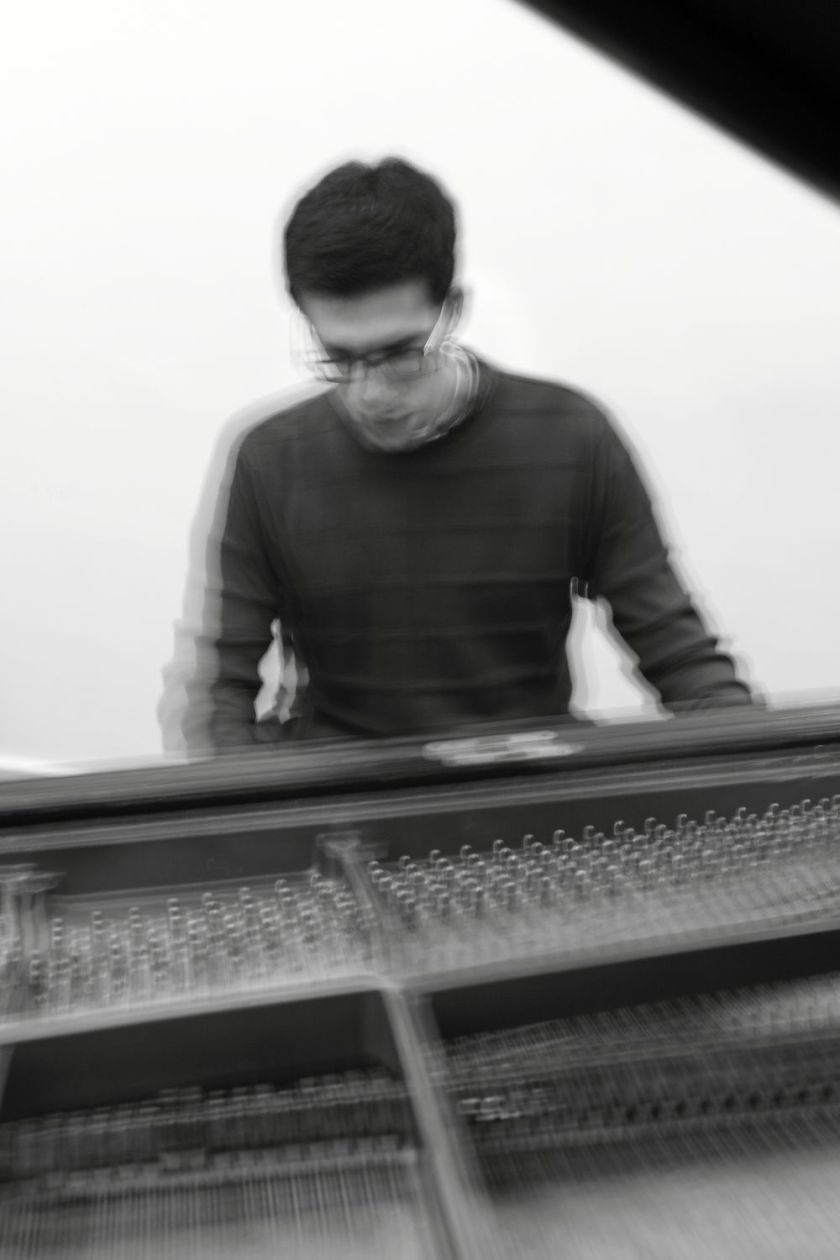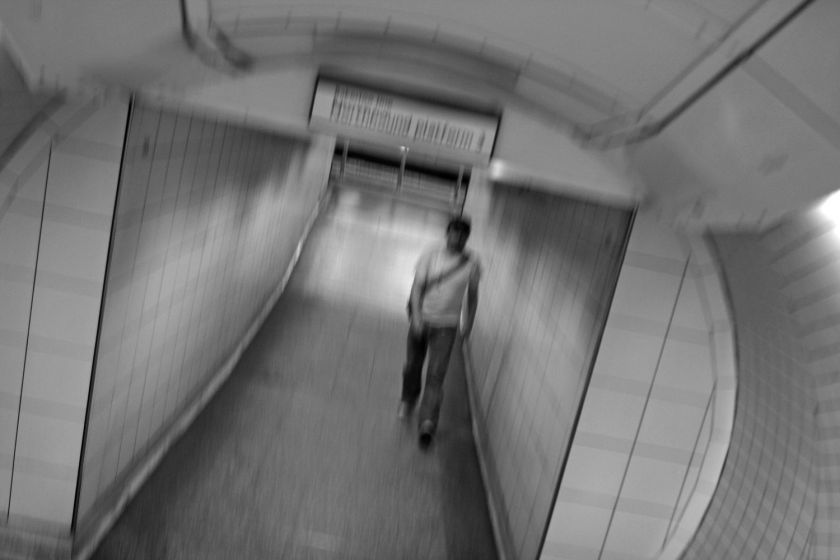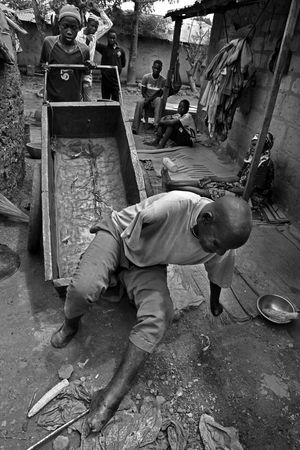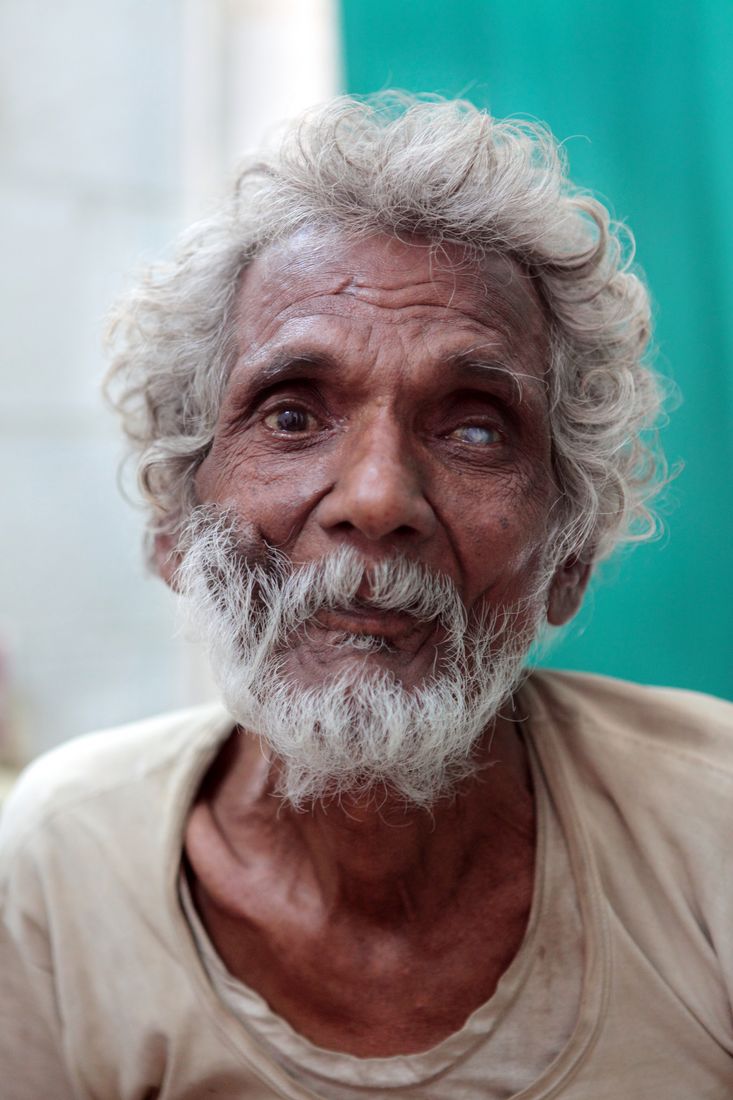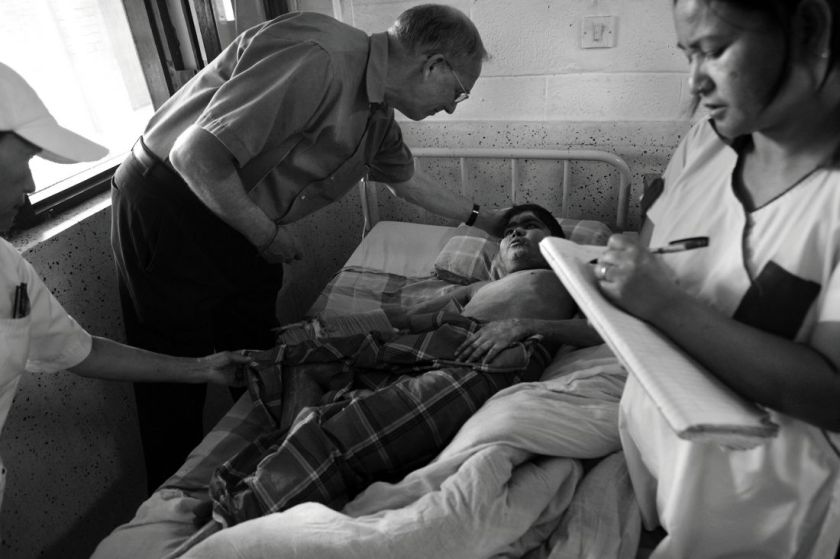Here’s a few photos from Nepal that aren’t part of the leprosy documentary I did out there.

The portraits above and below were taken in Loharpatti, about an hours drive from the leprosy hospital I stayed at.


I like this photo in the neighbourhood of where I stayed. I guess it’s middle class Kathmandu; cheap (relatively to the west) but large houses, graffiti-covered walls and everyone dressed in a typically western style.

This street, near Patan square is more typical of the old Kathmandu.

These photos (above and below) were taken in the backstreets of the Patan area. This market was clearly designed for resident Nepali’s and not tourists and everyone seemed slightly bemused to see me taking such an interest.


This shot was taken from a taxi. We passed several of these ‘buses’ filled to the brim with students on their way to support the various student political parties. Student politics is taken very seriously in Nepal, and in the votes leading up to the Student Union presidential elections there were a lot of violent clashes between the differing student bodies. In the past this has been fatal.
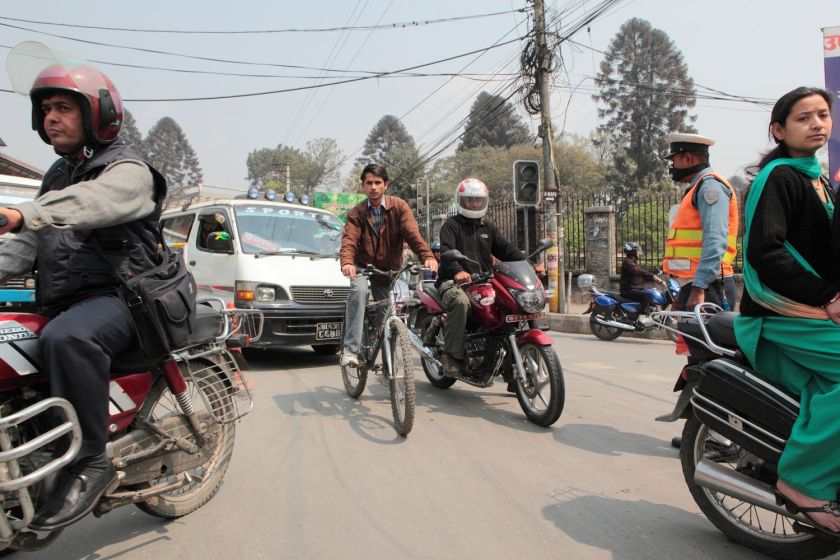
This was also taken from a taxi. Navigating traffic in Kathmandu is a fine art, best done on motorcycle it seems.

This was taken near the Pashupatinath Hindu temple. This area where the woman was appeared to be some sort of care home for sick, disabled or elderly hindu’s.

This is one of the many rooftop cafes overlooking the Bodhnath temple, one of the holiest buddhist spots in Nepal. It is one of Kathmandu’s prime tourist destinations.

There are hundreds of small temples and shrines hidden among the streets of the ancient parts of Kathmandu.

I bought a couple of sling bags from this vendor near the Thamil area of Kathmandu. They make a lot of them out of old rice bags.

I wish I’d done more shots like these. At about 10pm the mains electricity in central Kathmandu is cut out leaving only those with generators and motorbikes to light the streets. Because of the low light I was forced to use long exposures, but the effect is eery and wonderful I think. When I see it I think of the sound of generators everywhere with various motorbike and car horns singing in the ear.
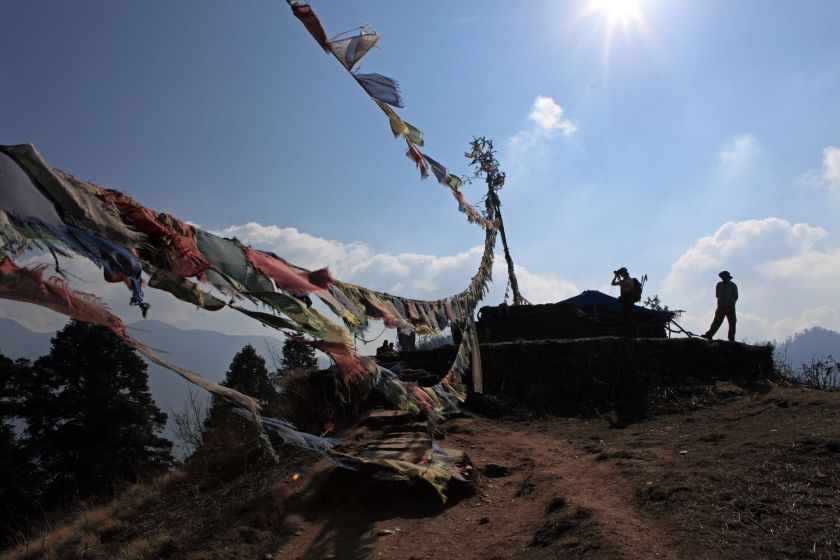
After Lalgadh leprosy hospital I went to Pokhara for three weeks to do a 10 day trek to the Annapurna sanctuary. You often come across shrines like this covered in prayer flags.

On these treks you often pass tourists that have all the latest gear; sticks, mountaineering gloves and extreme lightweight clothes. Yet these are the guys that carry up to 70kilos on their back, having a smoke while their clients stop to catch their breath. One group of trekkers I met said they’d passed a porter carrying a double LG fridge on his back.
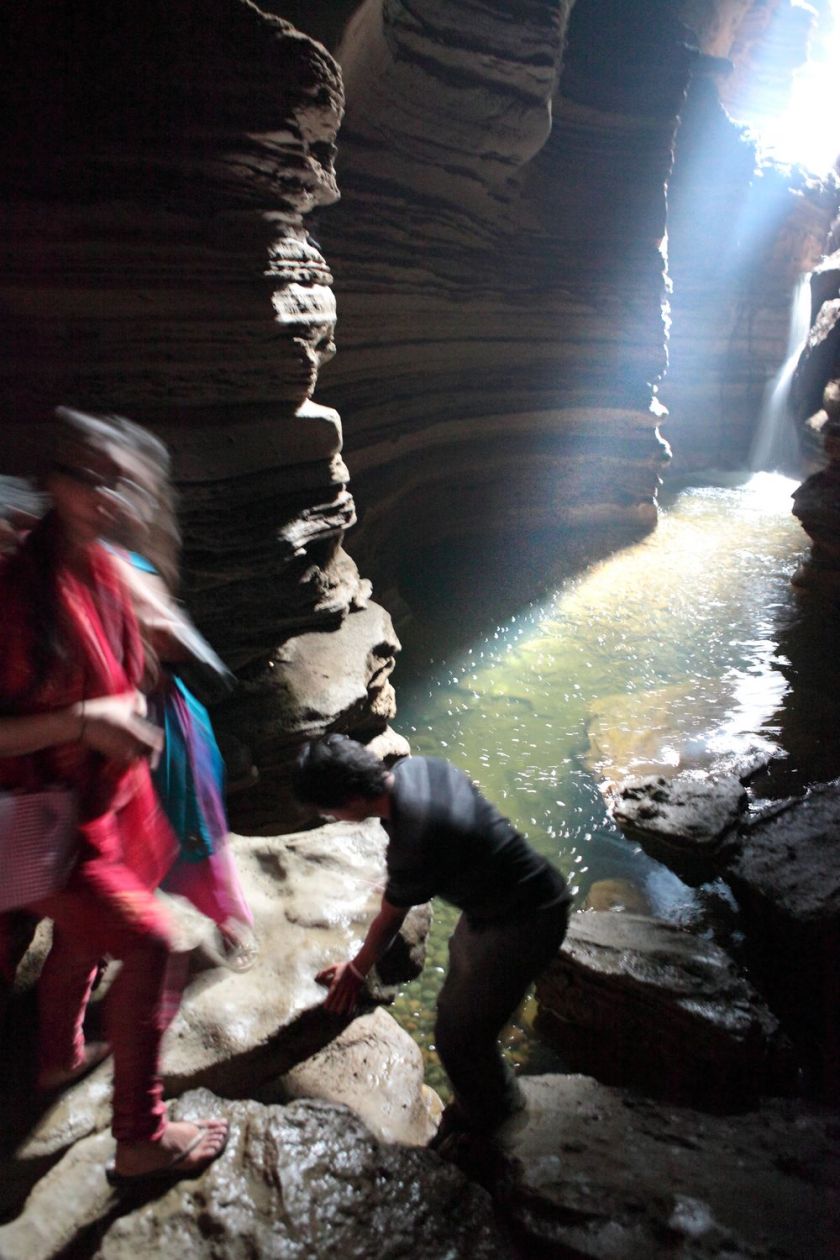
This was taken in the Gupteshwor Cave at the end of Devi’s Falls in Pokhara. Hindu’s come here to wash in the water.

Fewa Taal, the huge lake by Pokhara narrows into the Seti gorge. Walking along it I came across these three boys playing in the gardens behind the houses. They immediately gathered for a photo.

This was taken by lakeside, the tourist hotspot of Pokhara. This son of one of the boaters was having fun moving between the boats.
